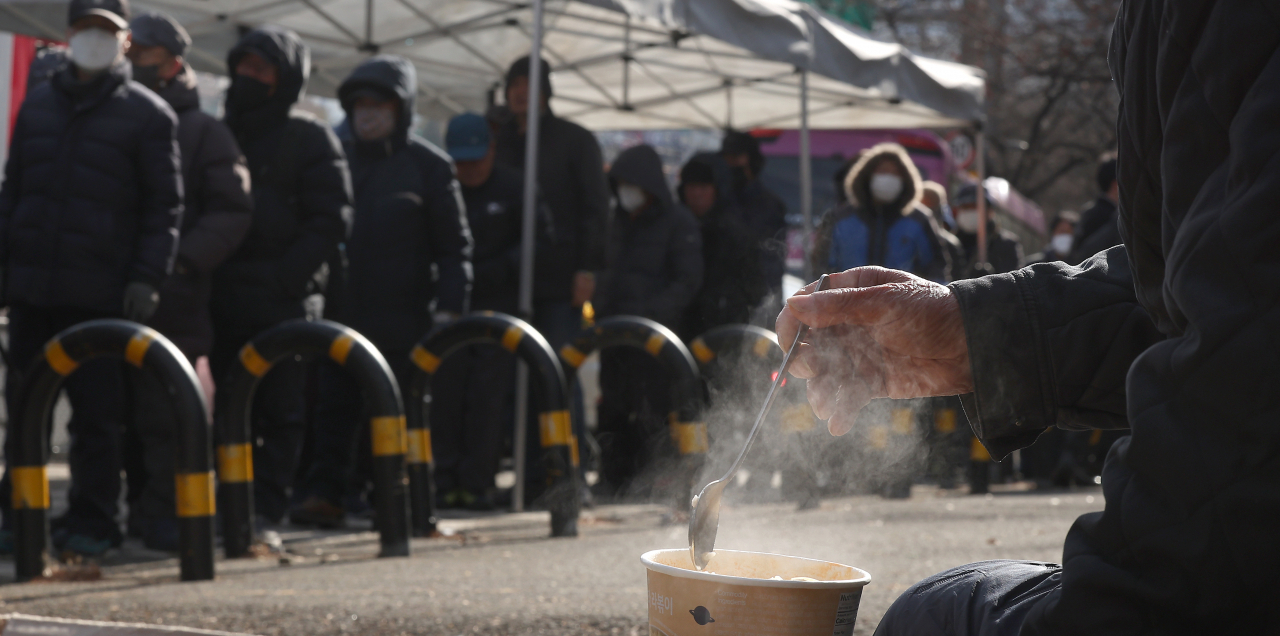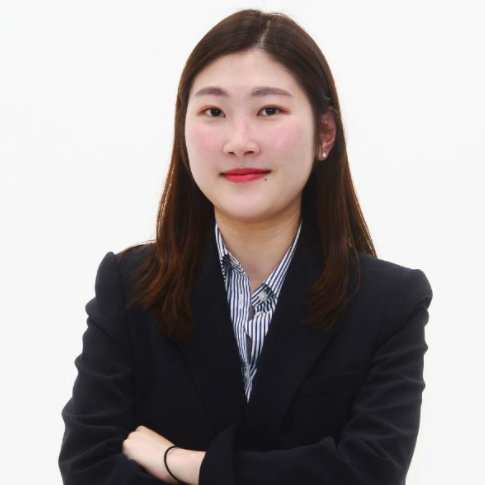S. Korean seniors poorest in OECD: report
Poverty rate for older women 45.3 percent, compared to that of older men at 34 percent
By Park Jun-heePublished : Dec. 19, 2023 - 14:51

South Korea’s older adults have remained the most mired in poverty among the members of the Organization for Economic Cooperation and Development for 14 consecutive years since 2009. The OECD currently has 38 member countries.
In the Paris-based organization’s analysis of the latest available data, the relative poverty rate for Korean seniors aged 66 or older stood at 40.4 percent in 2020, a whopping three times the OECD average of 14.2 percent, and the only country with old-age poverty above 40 percent.
The OECD defines the relative poverty rate as the percentage of people living with an income below 50 percent of the national median household income.
Korea’s senior poverty rate was far higher than those of a number of emerging economies. Estonia was at 34.6 percent and Latvia was at 32.2 percent. Meanwhile, the figure for Japan stood at 20.2 percent, and in the US, it was 22.8 percent -- nearly half Korea’s elderly poverty rate.
Iceland posted the lowest poverty rate for older adults -- 3.1 percent -- the smallest among OECD members. Among other countries with old-age poverty rates under 5 percent were: Norway at 3.8 percent, Denmark at 4.3 percent and France at 4.4 percent.
The old-age poverty rate was far worse for those aged 76 and above, where 52 percent were living in poverty -- more than one out of every two people -- the latest edition of the report showed.
“The largest difference between the old-age and total-population poverty rates is found in Korea, where older people have 25 percentage points higher poverty rates than the total population,” the OECD pointed out.
Further, women aged 66 and over in Korea experienced higher rates of poverty than men, according to the latest available figures. The income poverty rate for older men came to 34 percent, while that for older women reached 45.3 percent, 11.3 percent more than that of their male peers. The OECD old-age poverty rate average for men was 11.1 and 16.5 for women, respectively.
The OECD noted that older women in South Korea tend to receive lower income-related pension benefits and are likely to live in poverty longer than men as a result of longer life expectancies.
The average life expectancy in Korea is currently 83.6 years -- 3.3 years longer than the OECD average of 80.3 years -- according to the OECD’s Health Statistics 2023 report. Korean women were projected to live 85.7 years on average according to 2020 OECD figures.
In addition, older adults in Korea also had an average disposable income of only 68 percent that of the total population, far lower than the OECD average disposable income of 88 percent. The lowest disposable income for older adults among OECD member countries was Lithuania, at 67.4 percent, only 0.6 percentage points less than that of Korea.
On the other hand, Korea had high employment rates for older workers aged between 65 and 69 -- 50.4 percent -- the second highest among the OECD members after Japan’s 50.9 percent. The average employment rate for seniors over 65 in the OECD was 24.7 percent.
“If we include (total) assets, such as real estate, (Korea’s older adults) are not that poor, but it’s because they have low incomes and tight budgets to over actual costs of living,” Lee Min-ah, a professor in Chung-Ang University’s Department of Sociology, told The Korea Herald.
“Also, children these days don’t financially support their parents as people used to, making it harder for elders to finance themselves. To pull them out of poverty, (the government) should beef up the pension policy,” Lee added.












![[Kim So-hyun] The quiet taxi driver from Paris](http://res.heraldm.com/phpwas/restmb_idxmake.php?idx=644&simg=/content/image/2024/04/25/20240425050891_0.jpg&u=)







